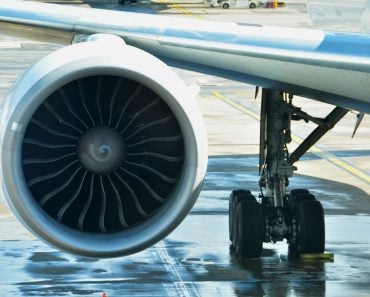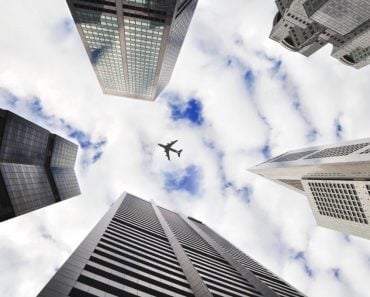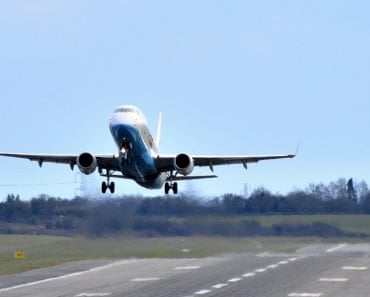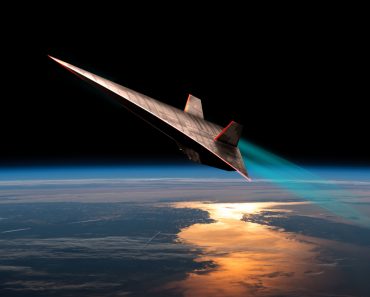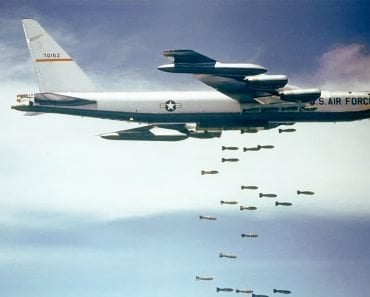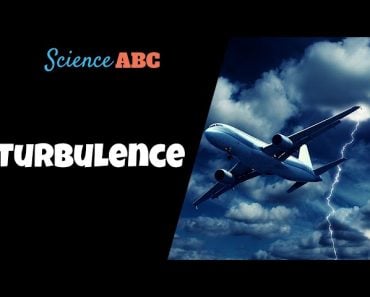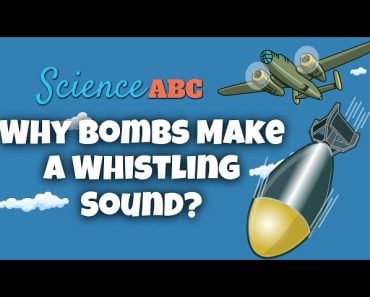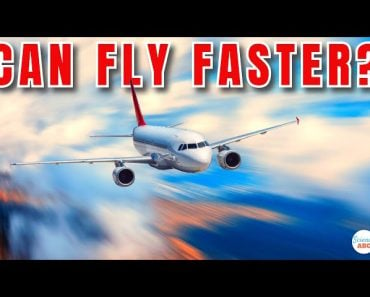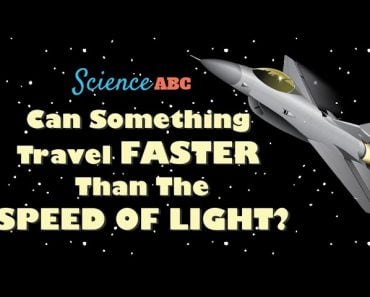Too tired to read? Listen on Spotify:
Yes, pilots of a supersonic jet can still hear the humming of the engines when their plane breaks the sound barrier if the sound is transmitted through the air inside the aircraft (however, they cannot hear the sounds coming from the outside).
When the Wright brothers conducted their first successful flight in the world’s first flying machine, it was a groundbreaking achievement that astounded everyone. The idea that humans could ride on air was a marvel of technology that has since improved. Today’s planes are much more sophisticated, safe, and well-equipped with amenities. They are also much faster than ever before.
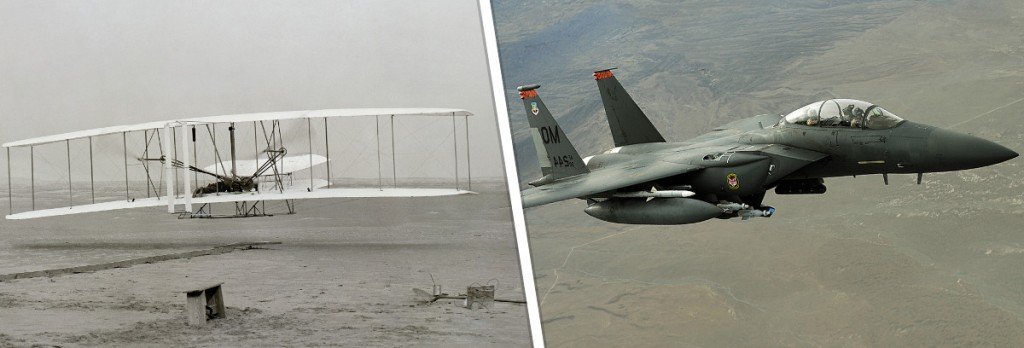
Supersonic jets are a prime example of this technological advancement. These planes can travel faster than the speed of sound itself, creating a sonic boom that is heard when anything breaks the sound barrier. The sonic boom is often loud and painful when military jets fly by, and everyone on the ground can hear it.
But what about the passengers inside the aircraft? Do they notice a difference in the cabin environment when the plane breaks the sound barrier? Since they travel faster than sound, does the cabin suddenly become silent?
What about the pilots and the situation inside the cockpit?
Recommended Video for you:
Do Pilots Of A Supersonic Jet Hear The Sound Of The Engines When It Breaks The Sound Barrier?
Short answer: When a supersonic jet breaks the sound barrier, pilots can still hear the humming of the engines, but only if the sound is transmitted through the air inside the plane. They cannot hear any sounds coming from the outside. Similarly, passengers can also hear sounds inside the cabin because the air around them and the pilots is stationary with respect to the plane.
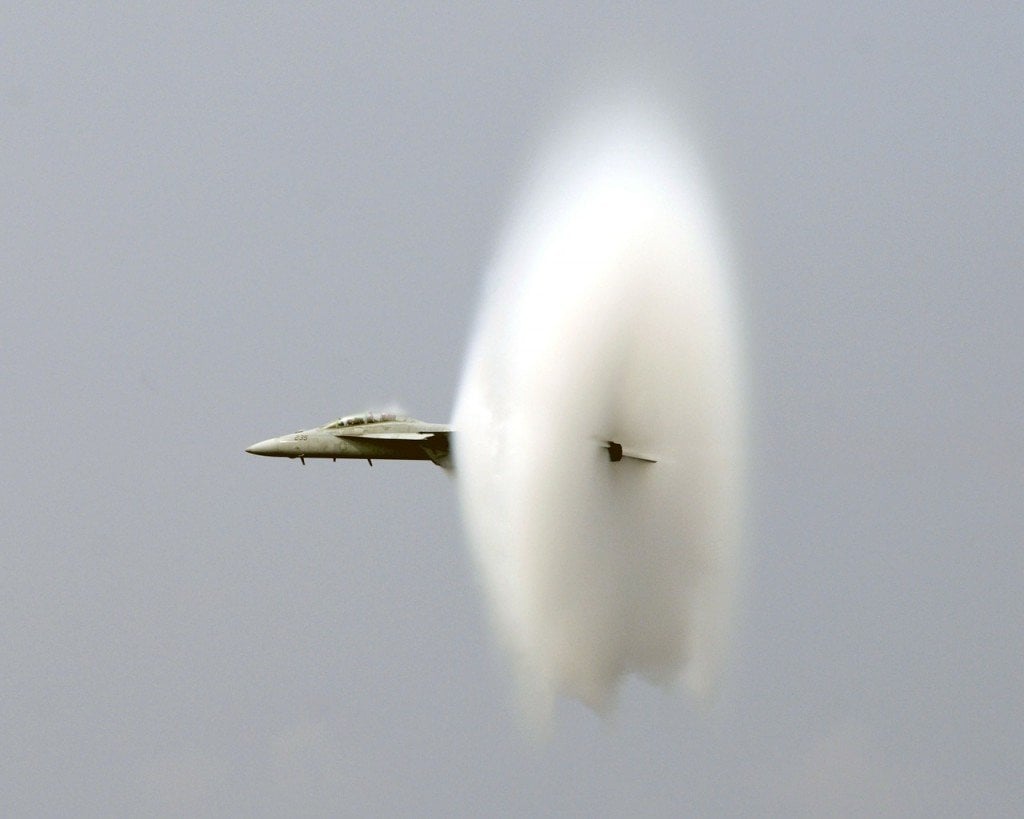
Since the sound inside the plane is traveling through the internal air (which is moving as fast as the plane itself), there would be no problems hearing sounds inside the cabin, regardless of whether or not the sound barrier is broken.
How Does A Sonic Boom Work?
In high school Physics, you might have learned about sonic booms, which occur when something travels faster than the speed of sound. The speed of sound varies depending on the medium through which it travels. However, since Earth is surrounded by air, we will take the speed of sound in air, which is 767 mph (or 1234 km/h).
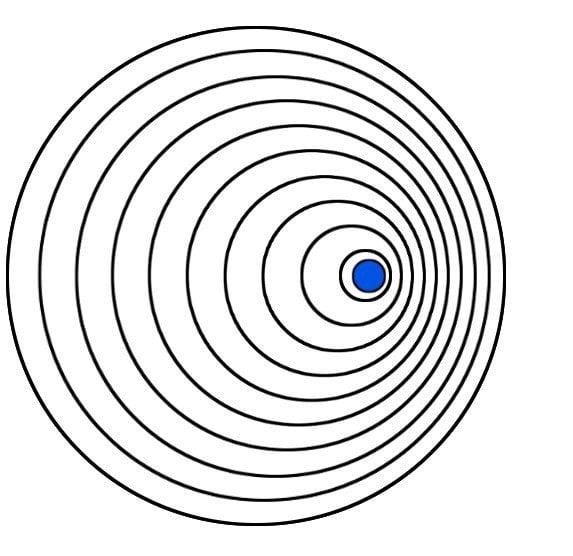
When a fast-moving object travels like a fighter jet, it produces sound waves in all directions. As the speed of the jet increases, the sound waves in front of the plane tend to bunch up as they do not have enough time to get out of the aircraft’s way. You can refer to the diagram above to understand it better.
When the aircraft flies faster than the speed of sound (in the air), the sound waves cannot spread out in front of the plane, trailing behind it instead, forming a ‘Mach cone.’
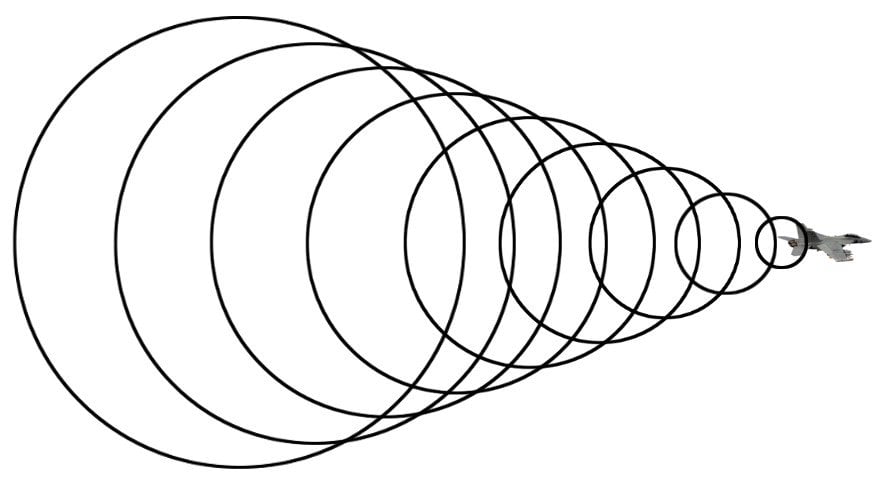
Due to this Mach cone, you hear the ear-shattering boom as a supersonic plane flies overhead. This is similar to the wake created by a fast-moving steamer in water.
Flying In A Supersonic Aircraft
People on the ground hear the sonic boom of an ultrasonic jet, but what about the people ‘inside’ the jet itself (the pilot, crew, and passengers)? Do they also hear the sonic boom?
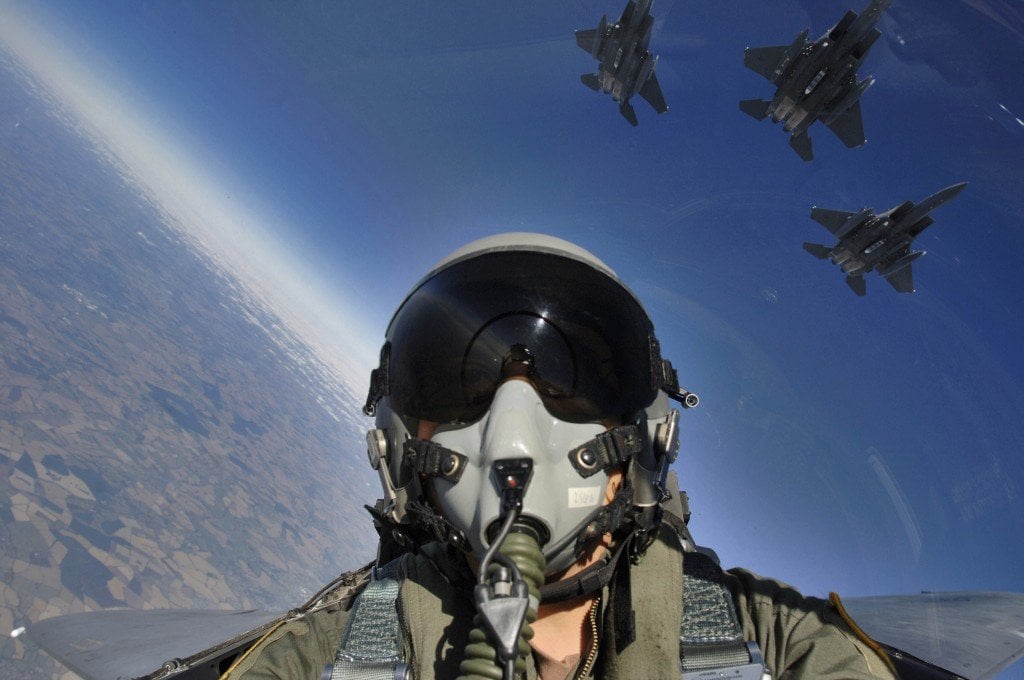
The short answer is – no, they don’t hear the sonic boom. Pilots and passengers cannot hear the sonic boom created by their own plane because they are at the head of the Mach cone. Simply put, they are moving so fast that the sonic boom doesn’t get a chance to catch up to them.
Does It Become Significantly Quieter Inside The Cockpit/cabin When A Plane Breaks The Sound Barrier?
Not really.
Sound is a mechanical wave that requires a medium to travel and moves at a speed “relative” to the medium it travels through. For example, sound travels at 343 m/s through still air to a stationary observer. However, if the air is moving at a speed of 100 m/s, the same observer would perceive the sound to be traveling at a higher speed of 443 m/s (343+100).
In supersonic airplanes, the internal air surrounding the people on board travels at the same speed as the plane itself. Since sound travels through this air, the sound levels inside the plane do not change.
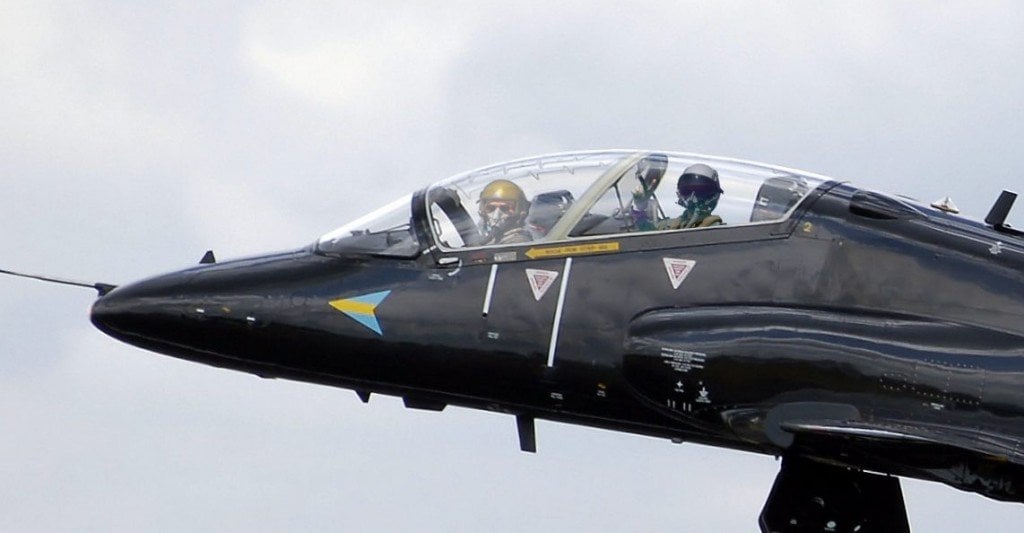
Because of this, pilots can hear their own voice and the sound of the supersonic aircraft engines they’re flying in, but only if the sound is transmitted through the air inside the plane. Any external sound cannot reach the cockpit. Additionally, the noise made by the engines can also be transmitted through the airplane and felt by the pilot as mild vibrations.
Last Updated By: Ashish Tiwari
References (click to expand)
- Anderson, J. "Research in supersonic flight and the breaking of the sound barrier." Retrieved September 30 (2001): 2009.
- Talbot, J. M. (1955, August 27). Breaking The Sound Barrier And Its Effect On The Public. Journal of the American Medical Association. American Medical Association (AMA).
- Chapter 3 Research in Supersonic Flight and the Breaking ....
- Anderson, J. D. (2019, January 6). Breaking the Sound Barrier. AIAA Scitech 2019 Forum. American Institute of Aeronautics and Astronautics.


